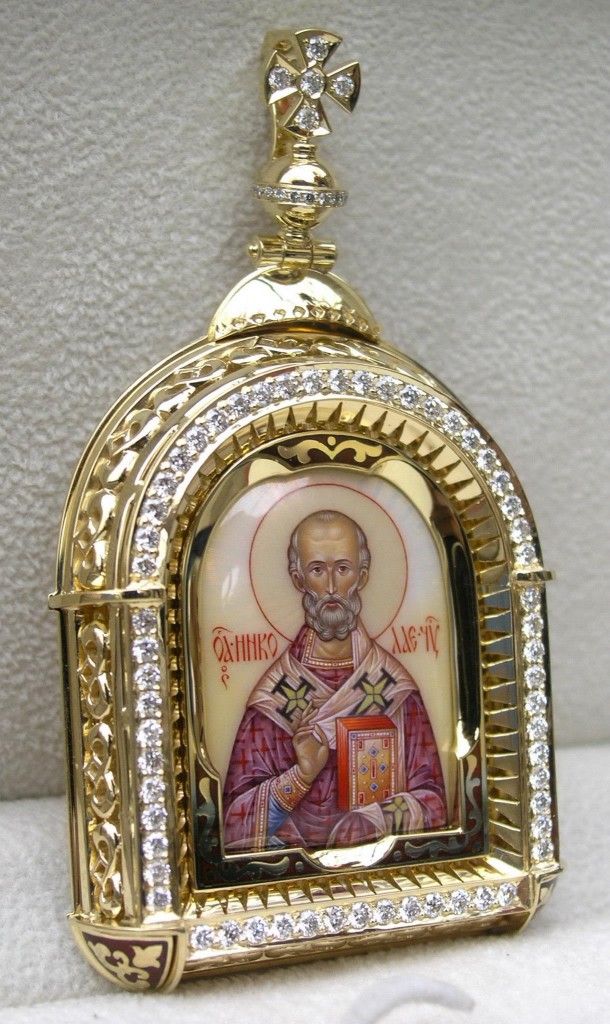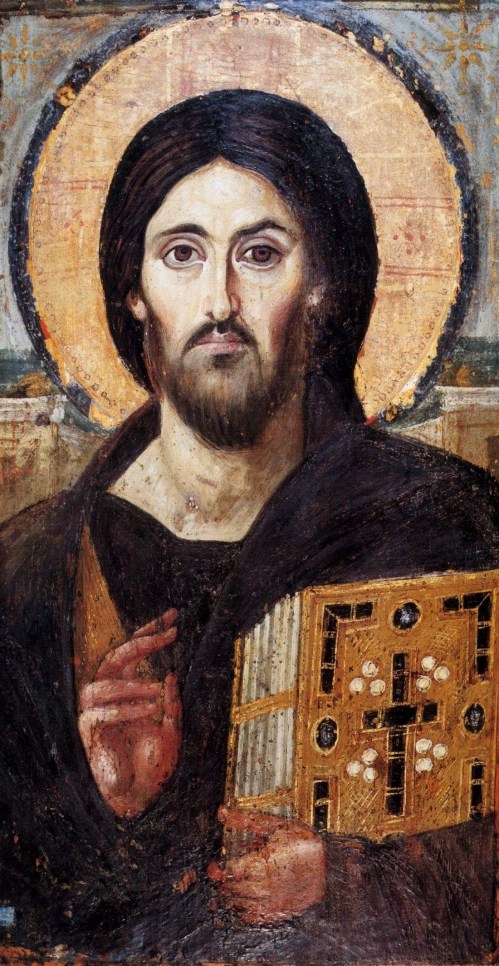News reports have been circulating the story that Harvard University’s Memorial Hall will be the site of a Satanic Black Mass on Monday evening May 12, 2014. The Satanic Mass, by its very nature, is a spiritual crime against the truth, goodness, and beauty of the Catholic Mass and everything that it stands for – specifically the transubstantiation of bread and wine into the real presence of the Body, Blood, Soul, and Divinity of Jesus Christ, the Son of God.
The Harvard Extension Cultural Studies Club is hosting this despicable event. Its promoters and supporters know exactly what they are doing and why they are doing it, and the attempt to sugar coat this blasphemy by saying that it is an attempt to promote cultural understanding is preposterous and vile.
Reports from the Catholic News Agency (http://www.catholicnewsagency.com/news/priest-sees-deluge-of-support-against-harvard-black-mass/) state that “Early media reports included confirmation from Priya Dua, a spokesperson for The Satanic Temple, which is staging the event, that a consecrated host would be used. However, updates to the initial reports said that Dua later retracted her statement, saying that there had been a miscommunication and no consecrated host would be used.”
It is my belief, and the belief of over one billion other Christians in the Latin, Greek, and Russian Rites, that a consecrated host is the most sacred and precious object on earth and the “source and summit” of our faith. I do not understand, how is it not a crime if the original intent is to show a ritual that promoted the desecration of the Mass in its Word and Matter?
If a person or organization desecrates a Koran, or promotes racism or sexism would we not vociferously object and demand justice?
Would Harvard University allow a reenactment to occur in Memorial Hall in which students were shown how to desecrate a Koran, or stone a woman because she desired an education, or bullwhip a racial or sexual minority for their culture or personal views. What’s next, a symposium on teaching the elite student body of Harvard how to tie a correct knot for a lynching?
We are not taking about an avant garde theatrical performance in which the boundaries of good taste can be obliterated and the right of free speech can be stretched. We are talking about a Satanic ritual that has for many years had the express purpose of spewing hate and ridicule against the specific liturgical and spiritual meaning and reality of the Catholic and Orthodox Mass.
Catholics in the Harvard and MIT communities and the Archdiocese of Boston are wisely protesting and engaging in prayer and witness to this affront to all Christians.
Allow me to pose two questions: What is the definition of a hate crime, and, is Harvard University, by allowing this event to take place in Memorial Hall, condoning a hate crime?
Laws.com states that a hate crime is “an intentional, deliberate, and methodically-charged crime executed in order to cause harm or damage with regard to a specific victim chosen as a result of prejudice, racism, bias, and unlawful resentment.” It goes on to say, “The following are commonly associated with charges of a Hate Crime:
a. Prejudice: Unfounded opinions that are preconceived in nature.
b. Bias: Favoritism that is not based on empirical or pragmatic reasoning.
c. Aggravated Felony: A classification of an intentional, premeditated crime that is severe in nature.
d. Defamation: The slandering or unjust conveying of libelous sentiment.
e. Ethnicity: The country or nation of origin belonging to an individual or entity.
f. Racism: Preconceived prejudice resulting from bias with regard to race.
g. Religion: The process of spiritual belief latent in an individual.
h. Sexual Orientation: The nature and particularity of the sexual attraction latent in an individual.
i. Unalienable Rights: The right of every citizen to ‘Life, Liberty, and the Pursuit of Happiness’.
j. First Amendment: The right of every citizen to the Freedom of Speech.” (http://criminal.laws.com/hate-crimes)
Don’t some of the above ten articles apply to this situation?
Catholics, Orthodox, and Protestants believe that the Holy Trinity is the repository of all truth, goodness, and beauty. In the Trinity’s love and mercy for humanity they have shared themselves with us through word, grace, and sacrament. The ministry, suffering, and death of Jesus Christ won for us the opportunity to be fully participating members of God’s family. Christ’s resurrection is the proof of His victory over sin and Satan. With this in mind we should not be afraid, but we do need to be prudent.
Jesus warned us that Satan, and his minions, still prowl the earth searching for souls to devour. We must be as innocent as doves but as clear eyed as the eagle. Let us pray this afternoon and evening for the Harvard Catholic Community that they may have the strength to witness, in a non-violent Christ-like manner, against Satanic hate.
Copyright © 2011- 2014 Deacon Paul O. Iacono All Rights Reserved






















You must be logged in to post a comment.